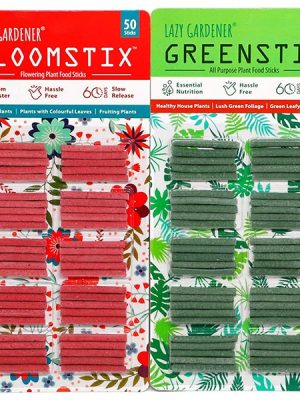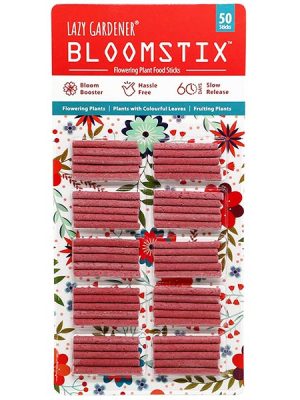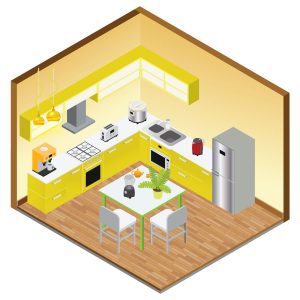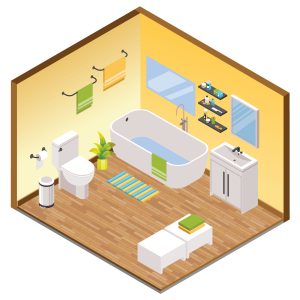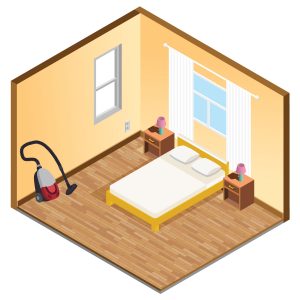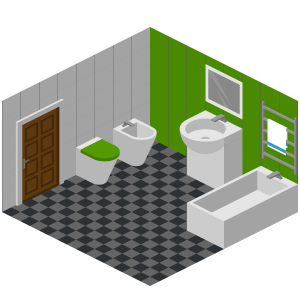


Plant Food Fertilizer Sticks
-
Plant Accessories
Plant Food Fertiliser Sticks Combostix
₹950.00 – ₹4,400.00Rated 0 out of 5More Info● For your indoor plants & flowers
● 100% natural, easy to use fertiliser sticks
● Perfect blend of micro & macronutrients -
Plant Accessories
Plant Food Fertiliser Sticks Bloomstix
₹570.00 – ₹2,640.00Rated 0 out of 5More Info● For your flowering plants
● 100% natural, easy to use fertiliser sticks
● Perfect blend of micro & macronutrients -
Plant Accessories
Plant Food Fertiliser Sticks Greenstix
₹523.00 – ₹2,420.00Rated 0 out of 5More Info● For your indoor plants
● 100% natural, easy to use fertiliser sticks
● Perfect blend of micro & macronutrients

